Ⅰ. Know the optical fiber loss budget
Today, IT hardware demands ever higher computing speeds, and the tiny fiber loss budgets of high-speed topologies such as 400Gb Ethernet and 256Gb Fibre Channel are a real challenge for data center managers. More challenging is building a structured fiber cabling system that supports not only the current required transmission rates, but also the higher data rates defined by the Ethernet Alliance and the Fiber Channel Industry Association.
Is it possible to design a new fiber-optic structured cabling infrastructure to support the data center's next 10 to 15 year life cycle without extensive reconfiguration or modification of the physical layer infrastructure? This is certainly possible, but we need to consider the following aspects.
Ⅱ. Calculation formula of fiber link loss budget
The formula for calculating the loss budget of optical fiber link is very important for the ideal structural foundation. Total loss budget refers to the acceptable amount of optical signal power loss in an optical link that maintains error-free operation of the link. The unit is dB. "Link" means the optical fiber path between the transmitter and the receiver.
The link loss budget is estimated based on the amount of attenuation or signal reduction associated with the distance and number of connectors in the link. Before designing and installing an optical fiber link, we need to calculate the maximum loss caused by the path and connection. Organizations such as the Institute of Electrical and Electronics Engineers (IEEE) and the Fibre Channel Industry Association (FCIA) have defined acceptable fibre link loss budgets. These two standards define Ethernet speeds from 1Gb to 400Gb and 4Gb to 128Gb for Fibre Channel.
Ⅲ. The influencing factors of attenuation
The existence of connection points is the main reason for attenuation, but the interaction between other factors and links will also affect the attenuation, mainly including the following aspects:
1. Absorption and scattering phenomena and presence of impurities in optical fiber
2. Distance from the end to the end of the link
3. Fiber cabling infrastructure and cable strain design
4. Number of connectors and fusion points in the link
5. Poor product design
6. Optical modules and other active devices are degraded
7. Aging of passive devices
8. The bending radius of the optical fiber is too small
9. Dirty end face
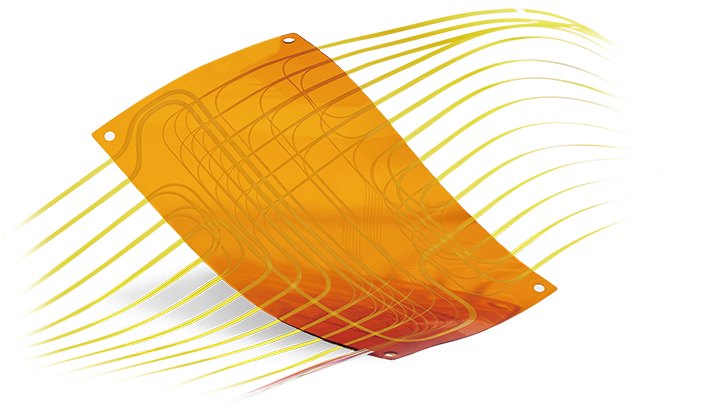 Fiber Optic Flex Circuit (FOFC)
Advanced Simulation & Optimization, High Positioning Accuracy, Flexible Customization, Rigorous Reliability Testing
Fiber Optic Flex Circuit (FOFC)
Advanced Simulation & Optimization, High Positioning Accuracy, Flexible Customization, Rigorous Reliability Testing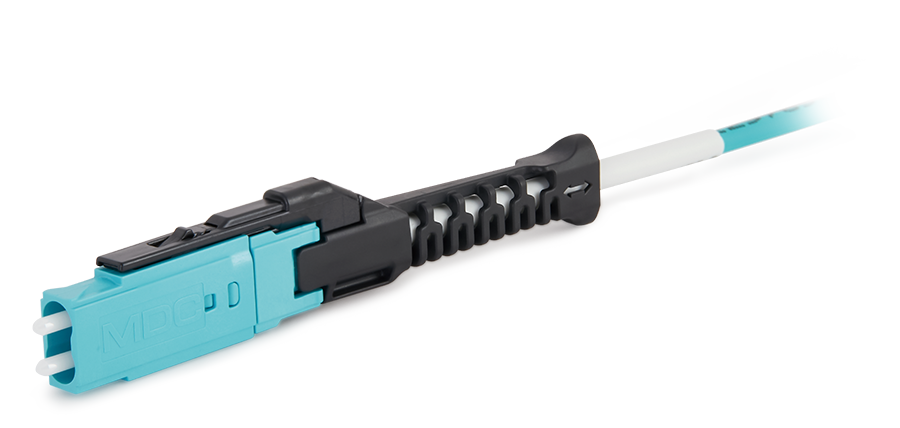 MDC Solution
US Conec's MDC connector is a Very Small Form Factor (VSFF) duplex optical connector, expertly designed for terminating single-mode and multimode fiber cables with diameters up to 2.0mm.
MDC Solution
US Conec's MDC connector is a Very Small Form Factor (VSFF) duplex optical connector, expertly designed for terminating single-mode and multimode fiber cables with diameters up to 2.0mm.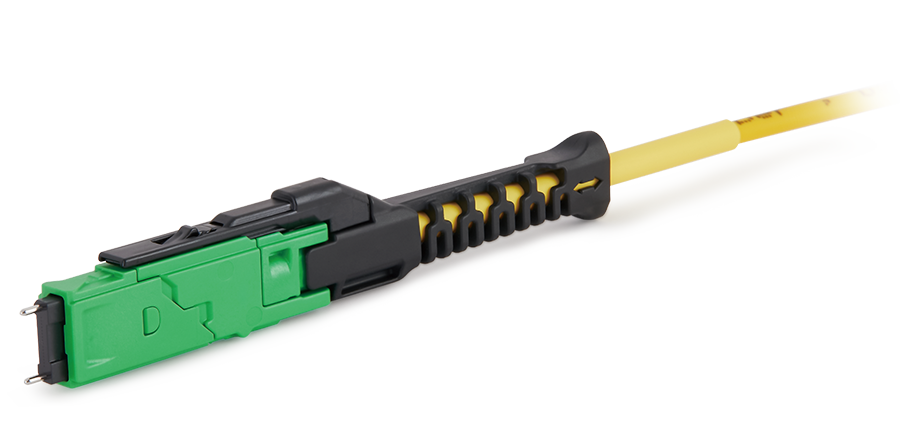 MMC Solution
US Conec's Very Small Form Factor (VSFF) multi-fiber optical connector that redefines high-density connectivity with its cutting-edge TMT ferrule technology and intuitive Direct-Conec™ push-pull boot design.
MMC Solution
US Conec's Very Small Form Factor (VSFF) multi-fiber optical connector that redefines high-density connectivity with its cutting-edge TMT ferrule technology and intuitive Direct-Conec™ push-pull boot design. EN
EN
 jp
jp  fr
fr  es
es  it
it  ru
ru  pt
pt  ar
ar  el
el  nl
nl 

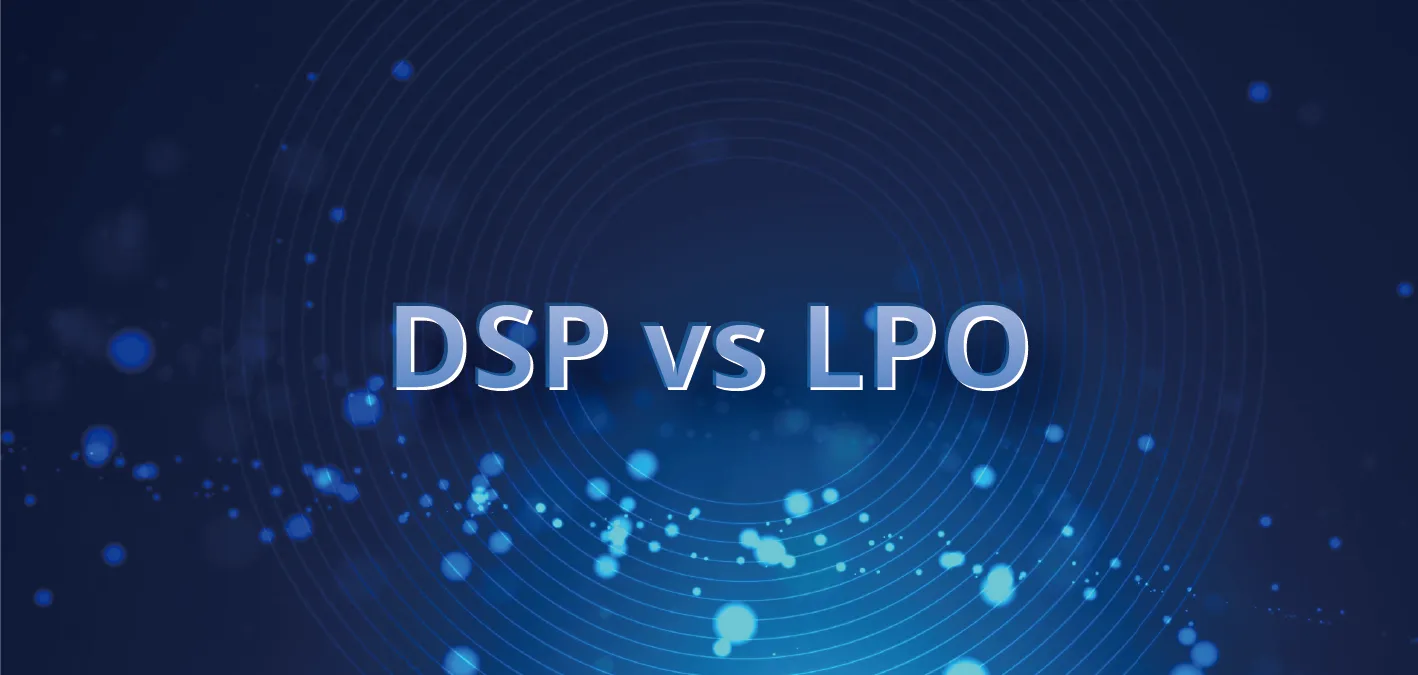
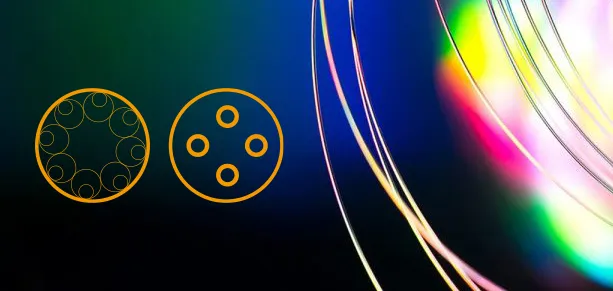
_and_High-Reflection_(HR)_Optical_Coatings.webp)
